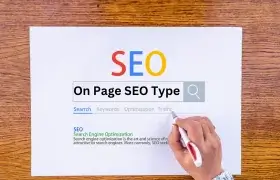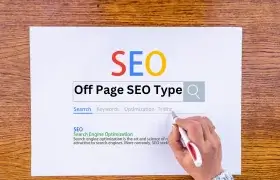Menu

SEO stands for Search Engine Optimization. It is a practice of optimizing websites and web pages to improve their visibility and rankings in search engine results pages (SERPs). The goal of SEO is to increase organic (non-paid) traffic from search engines.
Search engines use complex algorithms to determine the relevance, quality, and authority of websites. SEO techniques help align websites with these algorithms, making them more likely to appear higher in search results when users search for relevant keywords or phrases.
SEO involves various strategies and tactics, on-page, technical, and off-page, to improve website rankings. Some key elements of SEO include:

On-page SEO refers to the optimization techniques implemented directly on individual web pages to improve their visibility and rankings in search engine results pages (SERPs). Here are some key aspects of on-page SEO:
Remember, on-page SEO is a continuous process. Regularly monitor your website’s performance, analyze user behavior, and adapt your optimization strategies accordingly.

Technical SEO refers to the optimization techniques implemented on the technical aspects of a website to improve its visibility, crawlability, and indexability by search engines. Here are some key aspects of technical SEO:
By addressing these technical aspects of SEO, you can enhance your website’s visibility, crawlability, and indexability, leading to improved search engine rankings and a better user experience.

Off-page SEO refers to the optimization efforts that take place outside of your website to improve its visibility and authority in search engine rankings. Here are some key aspects of off-page SEO:
Remember, off-page SEO is about building a strong online presence, establishing credibility, and attracting relevant traffic to your website through various external channels. A well-rounded off-page SEO strategy can complement your on-page efforts and improve your overall search engine rankings.


HEAD OFFICE – 275, NEAR KIET COLLEGE, PHASE – I, MURADNAGAR, ASALAT NAGAR, UTTAR PRADESH 201206
BRANCH OFFICE– Office No. B06, VDS Eutopia Tower, Metro Station, C-23, Sector 63 Rd, near Noida, A Block, Sector 62, Noida, Uttar Pradesh 201301
